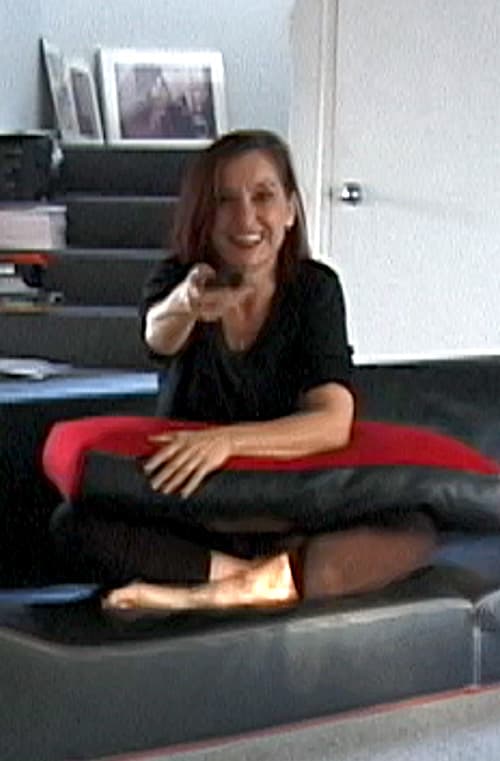Early Life and Family
Susan Mogul was born in 1949 in Manhattan at New York Hospital. She was raised in East Norwich, a small town on the North Shore of Long Island. She attended James H. Vernon Elementary School in East Norwich and Oyster Bay High School in Oyster Bay – the town adjacent to East Norwich.
Susan’s father, Eugene Mogul, was raised in the Flatbush section of Brooklyn and received a bachelor’s degree in electrical engineering from Columbia University. Gene worked in the field until the 1970’s when he changed professions and became a head-hunter, a relatively new field at the time. Instead of working for a corporation, he worked for himself the remainder of his life.
Susan’s mother Rhoda (née Blate) Mogul, was raised in Rockaway in Queens, and majored in biology at Queens College in New York City. She played first-string basketball in college and remained athletic throughout her life. A lifelong amateur photographer, Rhoda joined the Fresh Meadows Camera Club in Queens in 1949, shortly after she gave birth to Susan. For many years Rhoda was the only woman in the club.
Susan’s parents were raised as secular Jews as were Susan and her five younger siblings: Mark, Sandy, Kim, Jess and Pam. Rhoda’s mother Sonia (née Jacobson) Blate lived in Riga, Latvia as a child and emigrated to the USA in 1908 at the age of eight. Sonia was raised in New York by her Aunt, Sarah Oppenheim. Sonia’s husband Nat Blate was born in the USA. Gene’s parents, Tillie (née Tania Stern) Mogul and Sam Mogul (née Shlomo Mogulefsky) were born in Bialystok, Poland. Sam came to the USA in 1905 at the age of sixteen. Tillie came to the USA in 1904 at the age of ten with her family. Both Rhoda and Gene’s families worked in the garment business in New York City.
Education in the Arts
Susan never had aspirations to be an artist when she was growing up. However, after school and in the summers she attended the innovative Fiedel School of Creative Arts in Bayville, Long Island, founded and directed by Roslyn Fiedel, a modern dancer, and Ivan Fiedel, an avant-garde composer. Being original was the first and only commandment at Fiedel’s. This is where Susan learned modern dance, improvisation, and silversmithing.
Despite attending Fiedel’s for many years, not to mention hanging out with her mother in the darkroom, it never occurred to Susan to become an artist because the arts in the Mogul household were considered extra-curricular activities only. When Susan entered her first year at the University of Wisconsin, Madison she intended to major in journalism because she excelled in English composition. However freshman year she took a basic design class as an elective, loved it and decided to become an artist.
Because of her mother Rhoda’s devotion to photography and general interest in the arts, she supported Susan’s decision. And Gene assumed that after Susan graduated college, she would get married, have kids and be taken care of by a husband, was not ruffled by her impractical career choice. Ultimately, getting married and having children were never choices Susan made.
The sole tragedy in Susan’s life occurred in August 1969. She was a passenger in a car accident and her first boyfriend, Larry Taylor, died in the accident. Despite the fact that her entire body of work is based in autobiography, Susan never addressed this momentous life event in her work until 2008 when she produced “Driving Men” her first feature length documentary.
Once Susan recuperated from the car accident, she transferred from the University of Wisconsin, Madison to the Boston Museum School of Fine Arts in 1970. After she received her BFA, she moved to southern California in January 1973 to study with Judy Chicago in the Feminist Art Program at CalArts, the only program of its kind in the USA. CalArts was also where she was introduced to video art – an avant-garde art form at the time – and produced “Dressing Up”, now part of the canon in the history of video art.
Mogul left the program at CalArts to follow Chicago to the Feminist Studio Workshop at the Los Angeles Woman’s Building, founded in the fall of 1973. Susan was an active participant in those formative years, which included: renovating the Building, co-organizing the Summer Art Programs, and, the 1975 national conference, “Women in Performance Art”.
